Young Red-tailed Hawk
An immature hawk was eating dinner in the Wildflower Meadow (northern Central Park), early Tuesday evening.






An immature hawk was eating dinner in the Wildflower Meadow (northern Central Park), early Tuesday evening.






The annual Christmas Bird Count was held in Central Park. The snow storm had tapered off just in time for a nice morning in the park.
Counting in fresh snow was good exercise, although it kept the count numbers down. I birded the Northwest. Highlights included a female Wood Duck and a Great Blue Heron (most likely the same bird Jack Meyer saw earlier in the week on the Lake). Our group had two raptor species, a Cooper’s Hawk and a pair of Red-tailed Hawks.
An unusual species for the count was a Turkey Vulture, with multiple fly overs the park. Speculation was that heavy snow forced the vultures south. The Riverside Park count even had a Bald Eagle. So the weather was a mixed blessing.














My experiences on Friday, had the three same birds, a Cooper’s Hawk, a Red-tailed Hawk and Eastern-Screech Owls, as I had last Sunday.
The Cooper’s Hawk had a full crop and perched in the same spot for over an hour, west of the Wildflower Meadow. Another birder had found the Cooper’s Hawk and we went through all of the I.D. helpers listed in Kenn Kaufman’s Advanced Birding chapter on The Accipiters. Variances between a perched Cooper’s Hawk and Sharp-shinned, include size, tail shape and size of white band at the tip, eye placement and relative size, blackish cap on the Cooper’s vs. a more uniform color that extends to the neck on the Sharp-shinned. It was a fun discussion.
The Red-tail was closer to the Pool side of the Loch, and then flew off to the northwestern edge of the North Meadow. It continued on towards the south, and may be one of the hawks that has also been seen in the 90’s on Central Park West. It would be great if a pair of hawks built a nest in the North Meadow again. This would be a great time for a pair to try. With the “Cathedral” pair having shifted their territory in a more northerly direction, now would be the time for a new pair to claim the northern end of the park.
The Eastern-Screech Owls were seen after we had given up finding them. Both owls were in low brush and hard to spot, but the male ended up flying up to bright light by a roadway. He’s usually shy, so it was great to see him out in the open. Our hunt for their winter cavities continues, without any success.












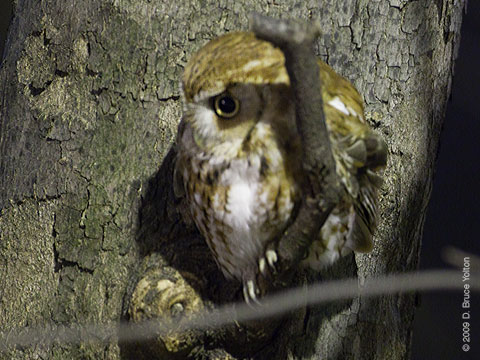
I walked up from the mid-70s to the North Woods to look for Screech-Owls and came along some interesting diversions along the way. On a building at 89th Street and Central Park West was a Red-tailed Hawk. This section of the park, west of the Reservoir, usually has a Red-tailed guest during the winter. To my surprise there were two Red-tailed Hawks, something I’m not used to seeing here.
Then while waiting for it to get dark, a Cooper’s Hawk dove into the Loch. It caught a squirrel and ate it. It’s the first time I’ve seen a Cooper’s Hawk with a squirrel.
Lastly, I was able to see and hear both of the North Woods resident Eastern Screech-Owls. They’ve switched roosts, so we felt lucky to find them.
On the way out of the park, I saw that the Lasker Pool is now the Lasker Rink! Another sign of the changing seasons.


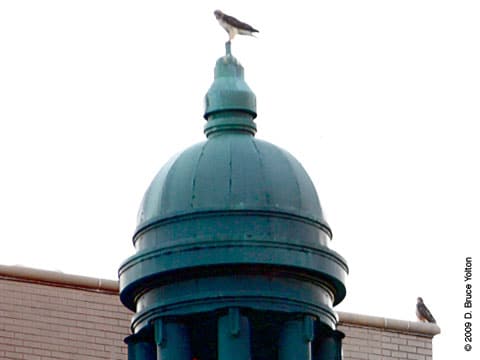
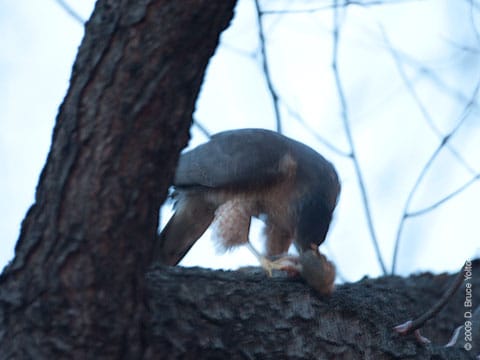
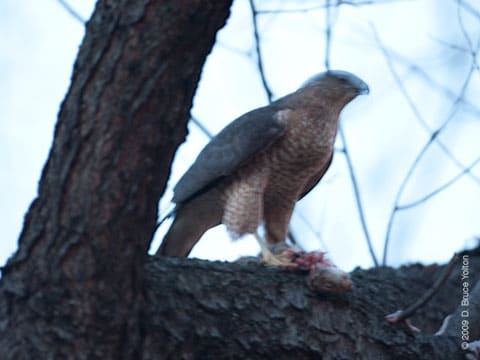
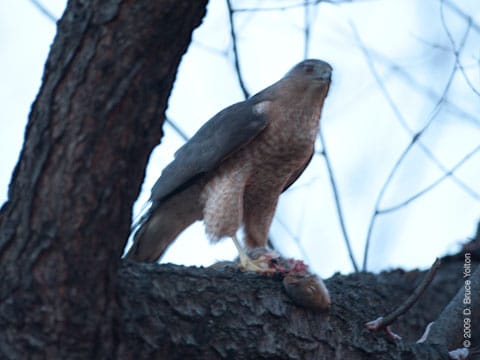
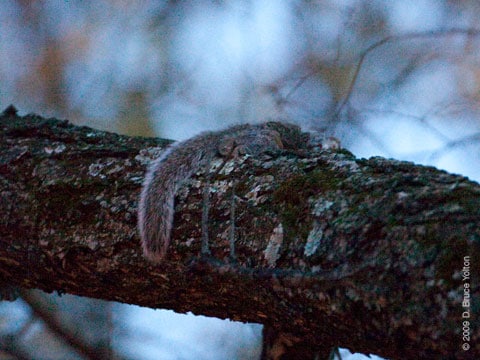
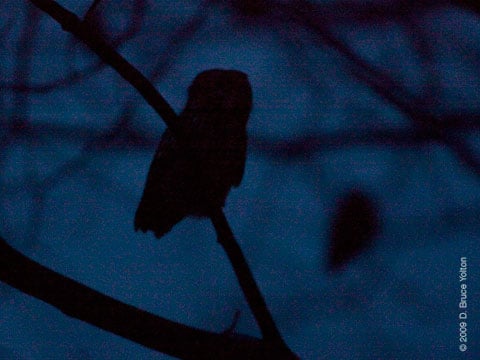
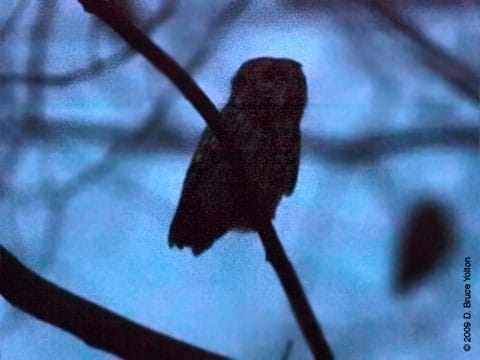
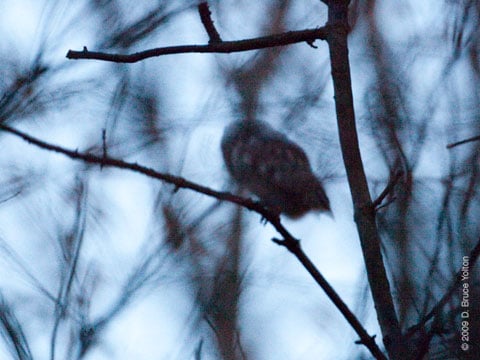
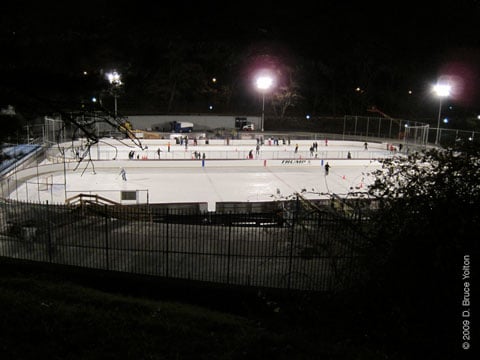
I went out in a break in the rain on Saturday to see if their was any sign of the Great-Horned Owl that had been spotted on two separate days in Central Park over the last week. I didn’t find the owl, but did find this 1st year Red-tailed Hawk. It was right next to a cove on the Lake called the Oven.
Pictures include the bird eating a squirrel. If that doesn’t interest you skip this post.

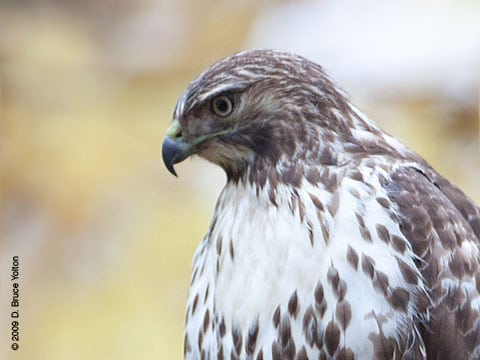







The three eyasses looked great on my Saturday visit to the nest. The nest is on a drain pipe on the Astoria, Queens side of the bridge. On my visit I didn’t see the parents, but I also didn’t stay long. It’s not uncommon for a nest to be left unattended for long periods once the eyasses get close to fledging.






